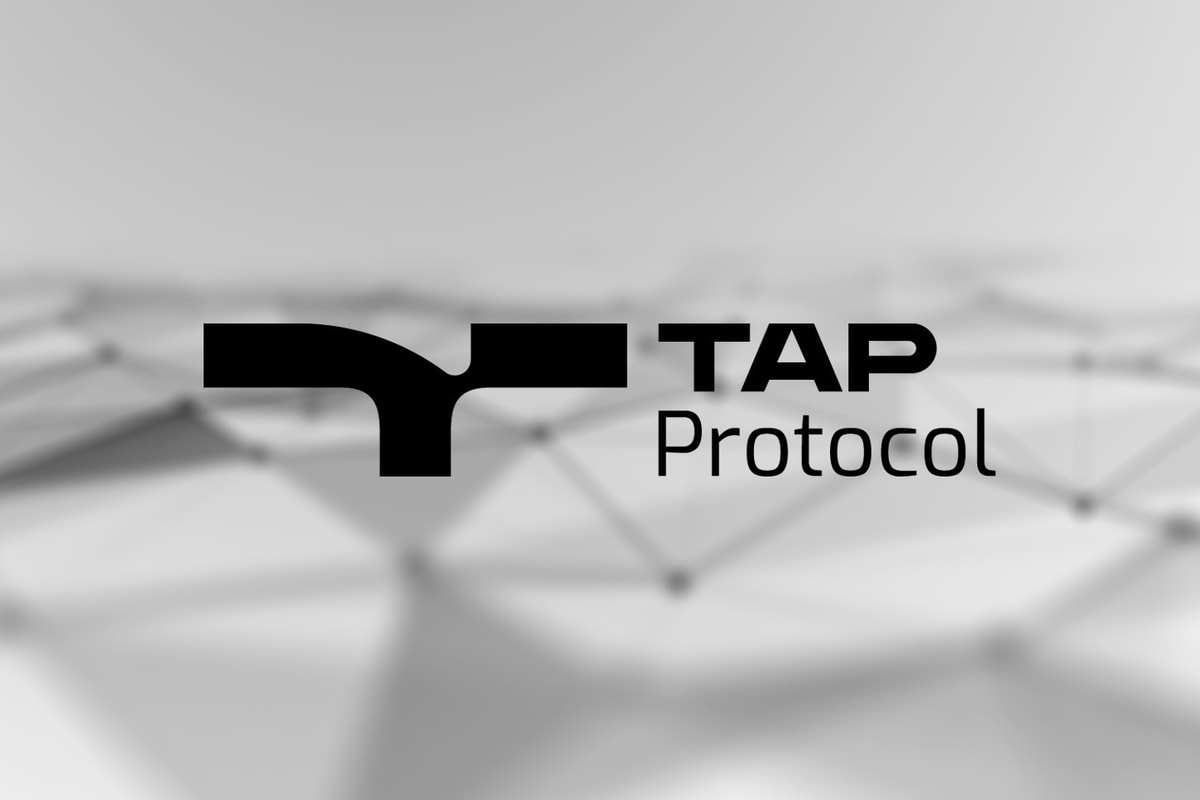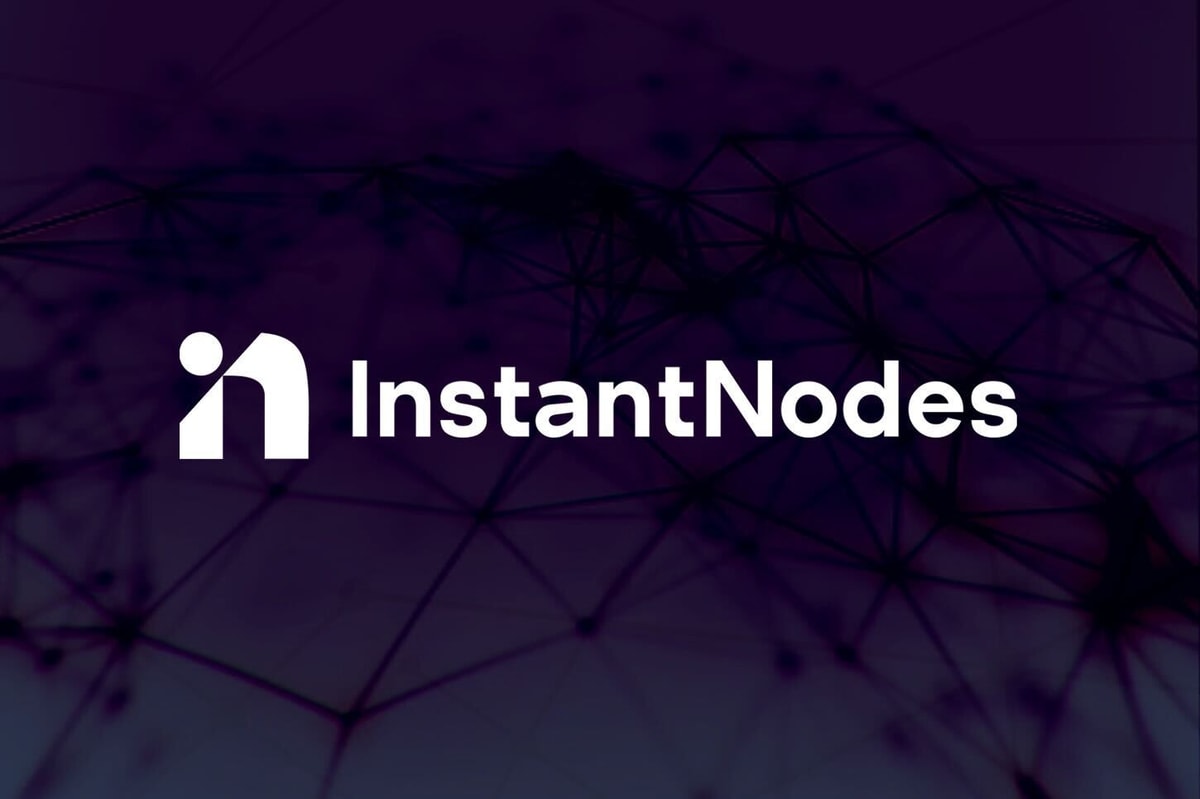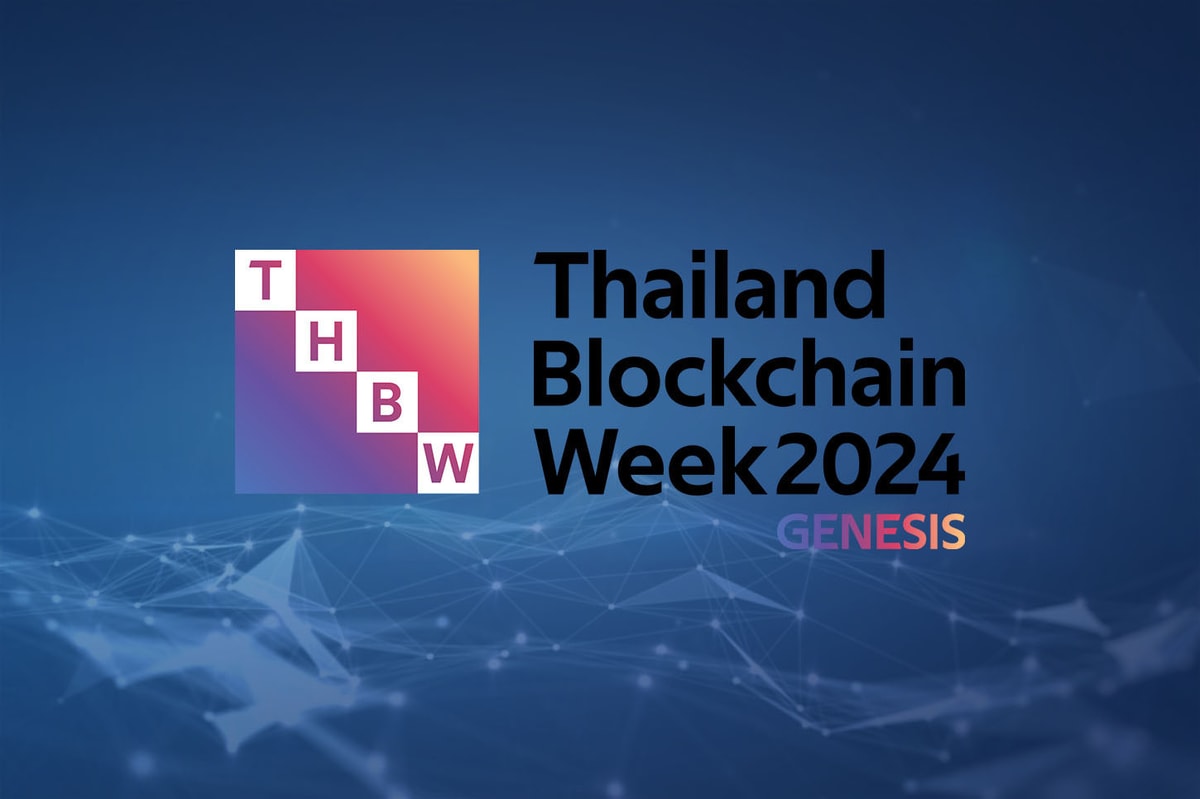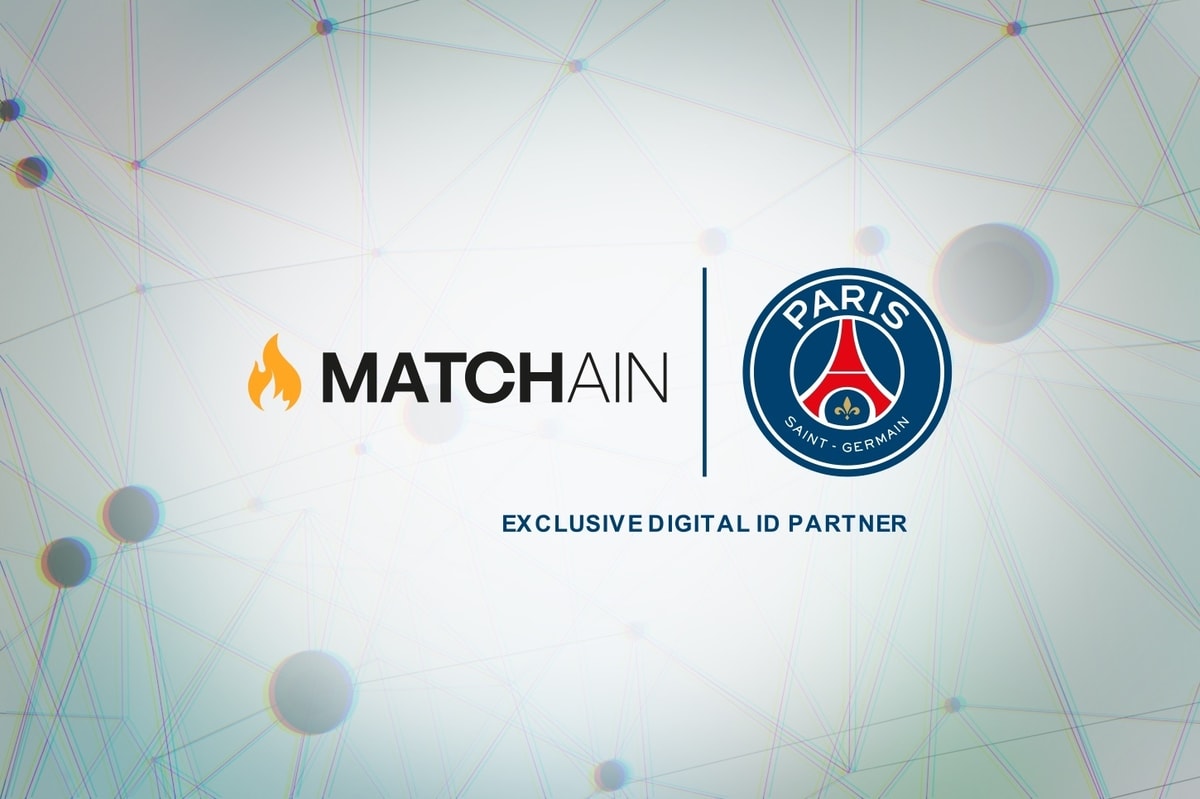On May 11, Roxe, a next-generation, open global payment network, debuted its leadership team to the Asia-Pacific region communities during Cointelegraph China’s Hub event.
Haohan Xu, CEO and founder of Roxe; Josh Li, chief business officer; Jesse Lu, technology vice president; Henrique P. Teixeira, business director; Thomas J. Trépanier, business development director; Wade Tang, product director; and Han Yang, product director of Roxe Light Settlement Network all attended the event to give an exclusive interview on how they started Roxe and where is it heading to.
Inspiration to start Roxe
Xu pointed out that our global payment system is a system that is pieced together from multiple individual systems that are not designed to be compatible with each other. He explained:
“There are over 100 fiat currencies in the world, each with their own clearing and settlement system. The clearing and settlement systems for each fiat currency are also very outdated — some haven’t changed for decades — all together creating this fragmented and outdated global system that causes most of the friction and inefficiency.”
In addition, credit card payments to merchants need to get processed by up to six centralized institutions in order to get to the merchant. These outdated technologies and the way the system is built centralize a lot of decision making powers and profits to very few financial institutions, creating an authoritarian financial system that dictates many aspects of our lives, he said.
That’s why in 2019, he wanted to create a payment network and restructure the way our payment systems work from the ground up and contribute a small part in decentralized finance. He added:
“We want to make payments fast and cheap for everyone. We want to align our values with inclusive finance and create a new global payment network that can allow cheap and fast peer-to-peer payments between individuals, businesses, banks, payment processors and international remittance companies.”
The company also wants to incorporate a lot of decentralized finance elements into Roxe and offer users more value, for example, the ability to achieve up to 10% APY through the Roxe Earn feature. It will use blockchain technology to enable payments to be converted from an account-based model to a digital token model, enabling peer-to-peer, instant payments and an open payment network fully integrated with the current payment system, according to Xu.
Roxe’s competitive advantages compared with other payment solutions
Li revealed that Roxe has three competitive advantages compared with Ripple, which is the main alternative payment solution to Roxe:
- Faster throughput speeds: Roxe can process up to 2,800 transactions per second, while Ripple can process 1,500 TPS.
- Lower costs: Roxe does not charge remittance partners a setup fee, nor annual maintenance costs, unlike Ripple. It charges a low flat fee for outbound payments. As a result, when sending $500 to most countries, the fee as a percentage of the sent amount is less than 1%.
- No foreign exchange loss. Ripple’s use of XRP as a single, native currency means XRP is highly volatile, and as a result, exchange rates are volatile, and remittance costs are uncertain.
Roxe has signed 14 partners from all around the world, including North America, Europe, Africa and Asia. It is very close to signing several partners in Latin and South America. The partners include service bureau partners, such as ECS Fin, that will include Roxe’s functionality in their core banking platform, which they offer to their 200+ banks globally, said Li. He added:
“We are also in conversations with several central banks from around the world to help them launch their own CBDCs based on the Roxe platform.”
Roxe’s fundamental layer is a semi-open hybrid chain, called Roxe Chain. All assets are mapped to the Roxe Chain by the RSS cross-chain gateway of the settlement node. The mapping function covers the Bitcoin network, Ethereum, banking networks, securities networks and gift card networks. It also supports a physical asset on-chain service, according to Lu.
Roxe Chain runs a number of different smart contracts, such as swapping, staking and lending other related DeFi applications for various assets.
For the global remittance and payment business, Roxe integrates the underlying services and provides Roxe transaction system API services to achieve the flow of assets crossing networks and countries through auto-exchange and smart routing. For bank partners, we have a seamless remittance message network for easier connections.
According to Tang, Roxe has four layers:
- The basic layer is the consensus layer. Roxe Chain is a hybrid blockchain with around 2,800 transactions per second. It is designed to achieve on-chain records within one second. The chain is built with asynchronous Byzantine fault tolerance and a delegated proof-of-stake consensus.
- Layer two is for Liquidity. It’s responsible for solving liquidity issues using DeFi contracts, such as payment protocol, earn protocol, credit protocol and swap protocol. Both the consensus layer and the liquidity layer are decentralized.
- The third layer is the service layer that contains centralized services, such as fiat on-ramp and off-ramp, user account, big data, risk control, Know Your Customer and Anti-Money Laundering. These functional clusters can produce various commercial products and can also empower Roxe’s partners.
- The top layer is the application layer. It focuses on two products: Roxe Pay is a mobile app for retail users, and Roxe instant settlement network benefits business clients.
Roxe Pay is scheduled to launch in a couple of weeks and will come with many attractive functions, a wallet, remittance, payout, currency exchange, cashback and social shopping, said Wang.
Xu concluded that Roxe’s Instant Settlement Network has three subnetworks, which are a global payment clearing settlement network, a digital asset clearing settlement network and a digital security clearing settlement network.
Currently, the payment clearing settlement network is already servicing over a dozen international remittance companies and banks, and Roxe is expecting to push this number to over 100.
According to Xu, in Q3 this year, Roxe will open its digital asset clearing settlement network and realize cross-exchange and cross-wallet real-time fiat and crypto transfer services. Furthermore, in Q1 of 2022, Roxe wants to open its digital security clearing settlement network.
The retail facing Roxe Pay will be open this June, announced Xu. He added:
“There are a lot of amazing features in it. Users can send money between one another regardless of borders. Users can receive real-time cashback during purchases while merchants receive funds in real-time.”
Xu continued that in Q3, Roxe Pay will have real-time cashback for large payments and support multi-asset payments. In Q4, Roxe will launch Roxe Earn, which will offer up to 10% APY, said Xu, and the e-credit cards and lending will be available by Q1 2022.











